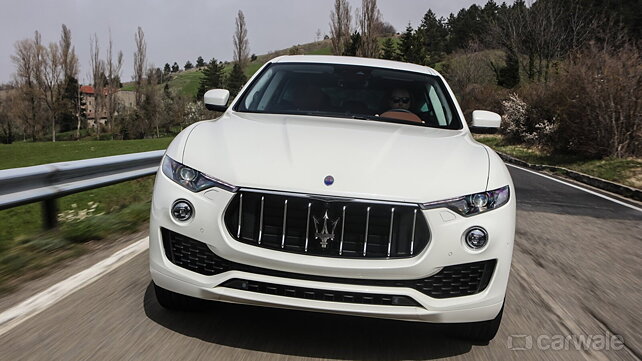
The Maserati Levante is the Italian manufacturer’s first plunge into the SUV segment. With the global trend veering towards the SUV, Maserati introduced the Levante at the 2016 Geneva Motor show. The mid-size luxury crossover SUV is based on the Kubang Concept showcased at the 2011 Frankfurt Auto Show. The car is built at Maserati’s Mirafiori factory in Turin, Italy. The Levante is expected to roll into Indian shores very soon to join the Ghibli, Quattroporte, GranTurismo and the GranCabrio in Maserati’s Indian portfolio.
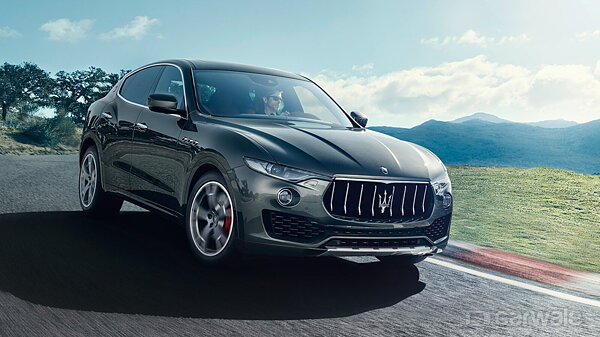
The Italian manufacturer’s family design is prominent in the Levante. With the gaping Maserati grille incorporating well-spaced vertical louvres and the Trident logo. The sleek headlamps have a projector and LED DRLs atop circular fog lamps. Moving on to side from the bulging bonnet, there are trademark Maserati gills on the side.

The sloping roofline ends in a coupe-like silhouette. The frameless doors are a feature of every modern Maserati. The side profile is dominated by 18-inch alloy wheels, a long bonnet and an aggressively raked C-pillar. The rear is stout with a sloping rear windscreen and finished with twin exhaust pipes on either side.
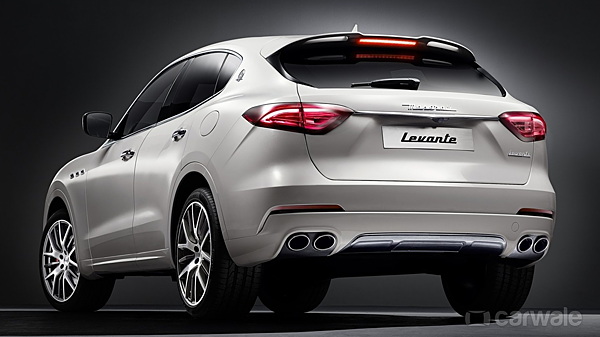
The 5,003mm long Levante is the longest car in its segment, it is 2,158mm wide and stands 1,679mm tall. The wheelbase measures 3,004mm. There are 13 body colours to choose from, whereas the alloy wheels have an option of 19-, 20- and 21-inches. The ground clearance varies owing to the air suspension which comes as standard.

The Levante has an impressive aerodynamic drag of 0.31. There is an active aerodynamics system called Air Shutter in the front grille located between the front air vents and the radiator. The continuous, electronically controlled movement of the blades optimises engine temperature, reduces drag and subsequently reduces fuel consumption and emissions.

The interior of the Levante is as lavish as it is expected from an Italian manufacturer. There are multiple packs available to personalise the interior cabin as desired by the customer. The dash is dominated by an 8.4-inch infotainment touchscreen, six-way electrical adjusting heated and ventilated seats.

The interior packs comprise of luxury, sport, and Zegna edition along with an array of optional features. The standard equipment includes leather upholstery, audio system with eight speakers, dual-zone climate system, rain-sensing wipers, keyless entry and power lift tailgate. The cabin is roomy and spacious despite the slightly sloping roofline.
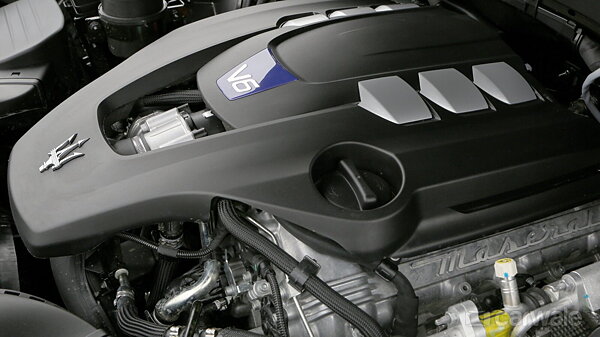
Powering the Maserati Levante are two motors, a petrol and a diesel unit. The 3.0-litre twin-turbo V6 petrol motor is available with two different power outputs – 430bhp and a 350bhp. The diesel is a 3.0-litre V6 with variable geometry turbo (VGT) making 275bhp and 600Nm of torque. Both engines will use an eight-speed automatic transmission.
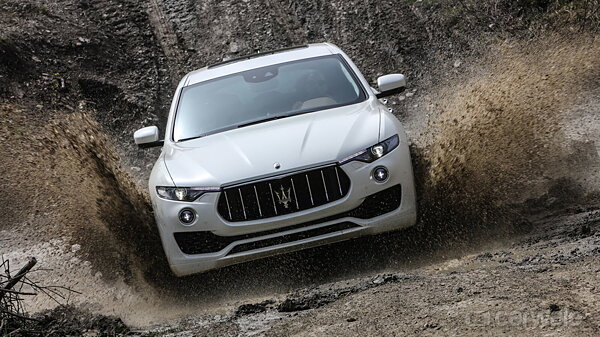
Driving aids include acceleration slip regulation (ASR), antilock braking system (ABS), electronic brake distribution (EBD), and Maserati drag torque control (MSR). Also included are lane departure warning, hill descent control, hill holder brake assistance system, electronic parking brake, tyre pressure monitoring system (TPMS)
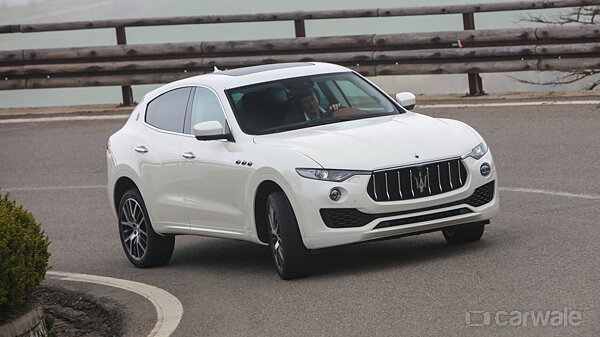
Maserati is expected to price the Levante at Rs 1.8 crore (ex-showroom Delhi) when it is launched in India. This Italian SUV will compete with the likes of the Audi Q7 and Porsche’s Cayenne.
source”cnbc”